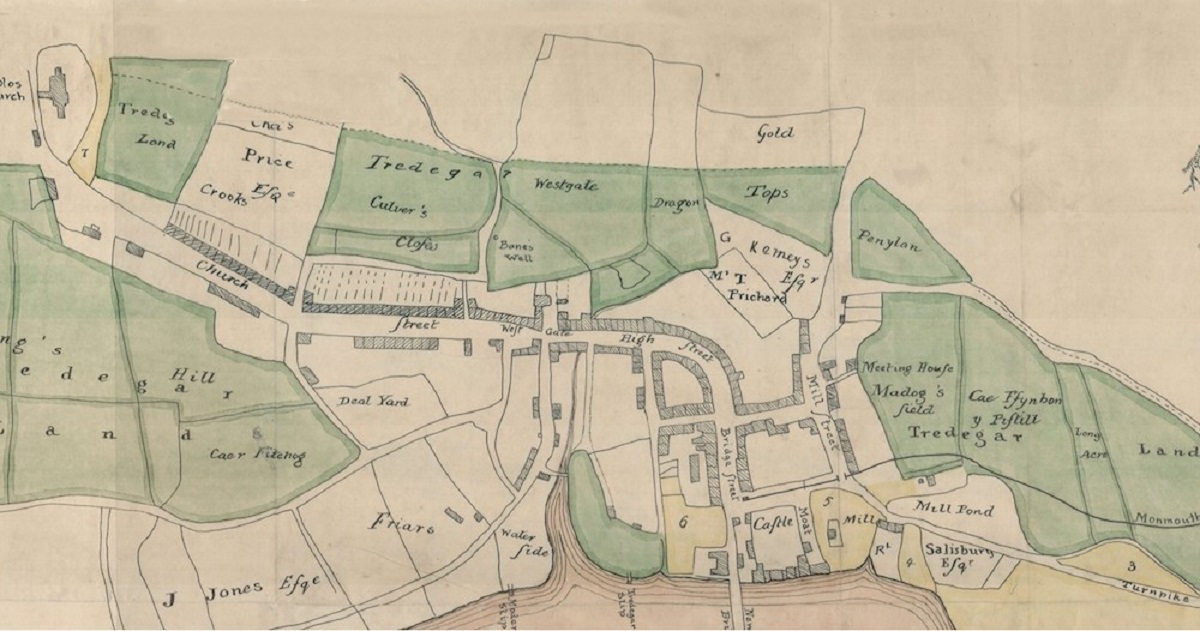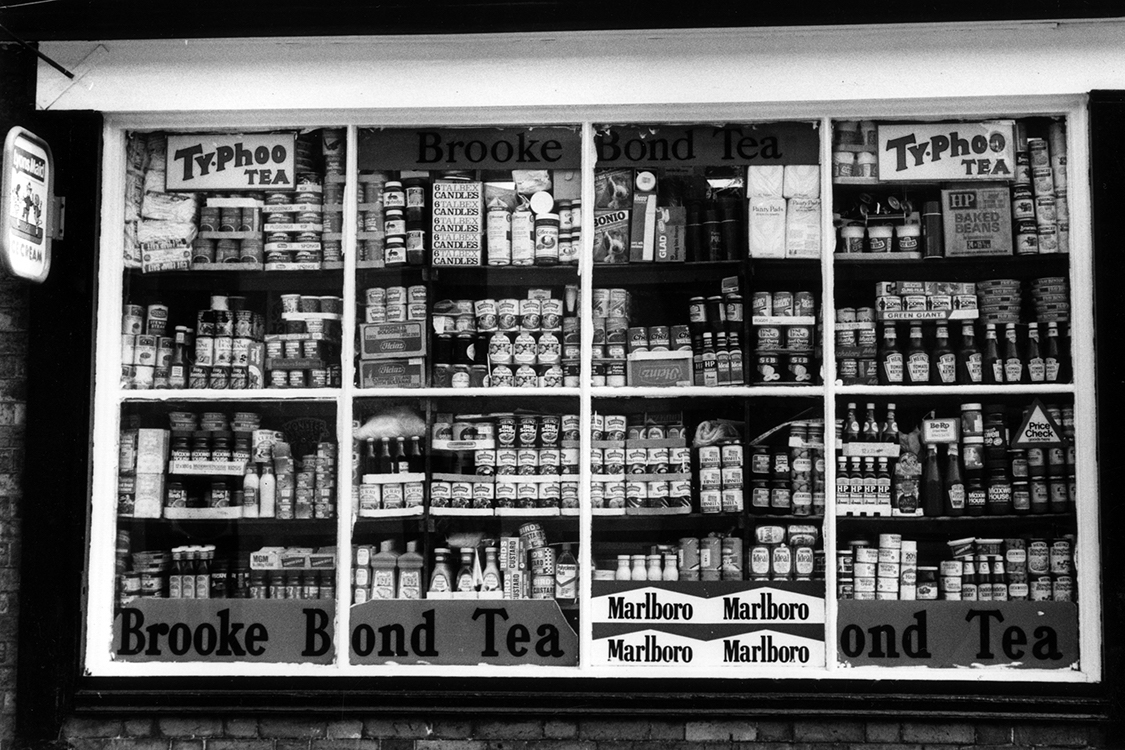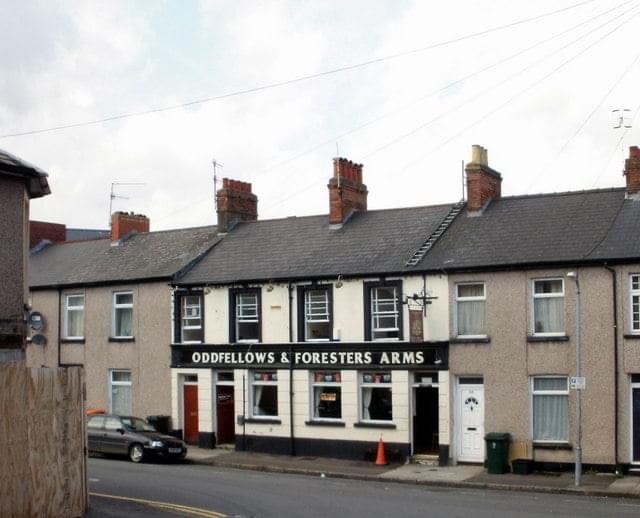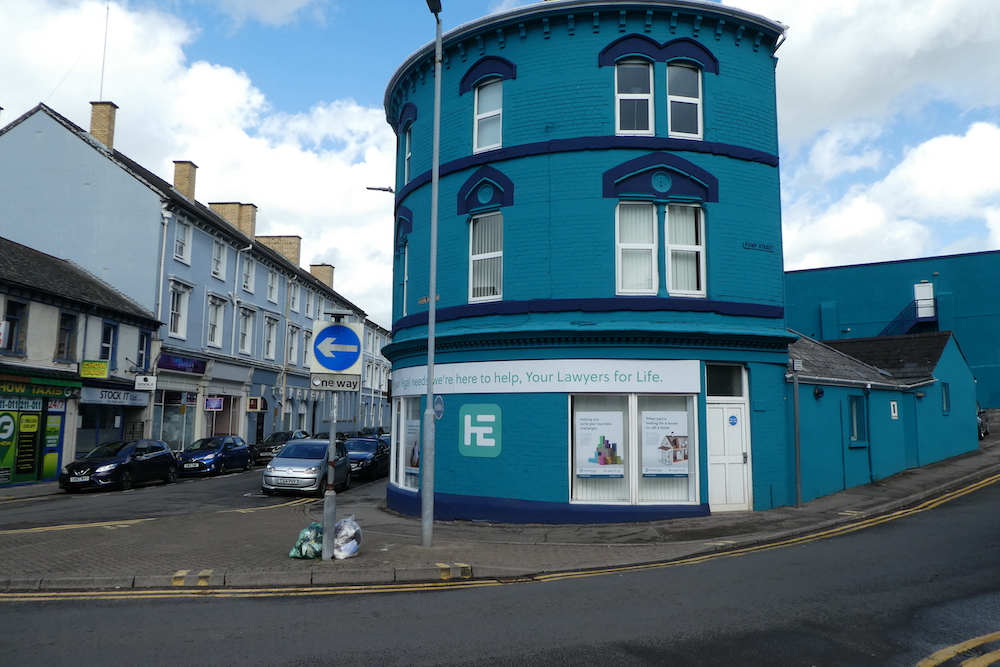Letter from Baneswell, Newport

Richard Frame
In 1972 the wrecker’s ball hung in the air over the district of Baneswell which snuggles up to the city centre of Newport. The area was born around the 1850s in response to the arrival of the railway, although there had been a well for hundreds of years.
The twenty or so streets of terraced houses were looking rather sorry for themselves when I arrived in September 1972 to study at the art college.
One evening at the slightly sleazy location of the bar of the Students Union, which backed onto Baneswell, some local residents asked for help in their campaign to save the area. We took this plea to heart with some vigour.
Disregarding niceties we broke into a derelict house and hung out a banner and joined in the lusty communal chanting. The press arrived and pictures taken. During the next couple of days of squatting I heard the story to date.
Slum clearance was in full swing throughout the nation, and, having only just moved from Cardiff, I’d already witnessed the demolition of Tiger Bay.
The terraced houses of Baneswell had undoubtedly been thrown up without a lot of care, and were in poor condition. A housing group had been created and were buying properties from the council for a £1 on the understanding that when the demolition went ahead they would be vacated.
The houses were intended for the children of families already living in the area. Baneswell Housing Association was born in 1973 and I became one of its first shareholders.
An accident in the college print room resulted in me getting a £1,000 payout and it was this that paid for a three bedroomed terraced house “in need of attention.”
Our home would eventually be demolished of course but we’d get a council house in exchange, with the authority buying our Baneswell residence from us at market value.
Within two years thankfully the threat of demolition was removed and grants became available to refurbish the houses. Baneswell was transformed.
With a growing family by this time, we moved out of the area in 1993, returning in 2015 to a very different Baneswell.

The obvious things were the collections of wheelie bins, boxes and bags that choked the footpaths, the number of parked cars and the amount of litter.
The closing down of all but one of the pubs – the Engineers, the Angel and O’Riley’s gone – the loss of every corner shop including Ernie’s, Alan’s and Reardon’s and the closure of the community centre.
But the most important loss was the community spirit. People, especially on a warm summer’s day would gather on the pavements to talk and share a cuppa or maybe something stronger from the off sales in the ‘Oddfellows’ in St Mary Street.

Nothing unusual I suppose, as this would have been happening in many other places throughout the country.
But scratch the surface, and like the weeds that force their way through cracks in the pavements from fields and pastures long-built-over, the local community that I knew of old, was still there waiting to surface.
It was a Facebook site, Baneswell People Past and Present, that began this re-energisation. Contributors were constantly discussing how the area got its name, and as a bit of an amateur local historian I had no idea.

I set myself the task of uncovering the story of the area together with its mysterious name. I knew that early documents referred to Paynes Well and that the earliest map of Newport showed Bean’s Well.
But then came Covid 19 and with the closing of the local library my research was put on hold. However, the National Library of Wales’ newspaper archives held a great deal of what I was looking for.
When I typed ‘Baneswell’ into the search facility it came back with around 3,000 entries. I read them all and this new ‘township’ initially outside the ancient medieval borough began to reveal itself but it did not explain where its name had come from.
In 2020 I produced a limited anonymous series of 50 booklets containing ten photographs with a little text to whet the appetite of those who might be interested in the story of Baneswell.
I left them around in local hairdressers, coffee shops, cafes or deposited them secretly on the odd bar in Newport, sometimes even pushing them through resident’s letter boxes.
The following year a new booklet continued in the same vein. My third booklet involved using a series of photographs of prisoners from Usk Gaol during the 1860s. I had selected ten images of those who had lived in Baneswell.
I got friends and family to stand outside (holding a framed picture of the prisoner) the actual building that the convicts had lived at the time of their imprisonment.

Street scenes or family photographs were regularly being loaded up by enthusiastic locals on the Facebook site.
I began to build up a collection of pictures and memories, arranging to meet my contacts either outside their old family homes or on the site where the house once stood.
I now, as of 2023, have people wanting their photographs taken and stories told. One lady provided drawings of how she remembered the inside of her home as a child.
Another told of how she watched anti-aircraft guns firing towards the docks and how she eventually married a Battle of Britain pilot.
My next booklet will include pictures and brief stories of some of these people.
I have put together all the historical information I can find which now includes a reference in Archaeologia Cambrensis of 1848 in which it appears to unveil the mystery of the name.
It seems that the ancient well was known for centuries as Y Ffynon Faen (The stone well) and that the council decided to change its name to Baneswell, perhaps in response to the growing population (1,000 in 1801; 19,300 by 1855) suggesting that English was becoming the dominant language.
Intriguingly it has also been suggested that the Welsh word for stone, ‘maen’ when spoken in the Gwent dialect, could have sounded a bit like ‘bane’ and therefore former English cartographers, on asking locals for the name of the well, had added to the confusion of the original name.
The story of an age of decline and decay? Not quite. Because in Baneswell a new spirit has arisen, thanks in large part to new technology.
The contemporary coming to the rescue of the historic, perhaps?
Enjoy more ‘Letters from‘ by following the links on this map
Support our Nation today
For the price of a cup of coffee a month you can help us create an independent, not-for-profit, national news service for the people of Wales, by the people of Wales.




